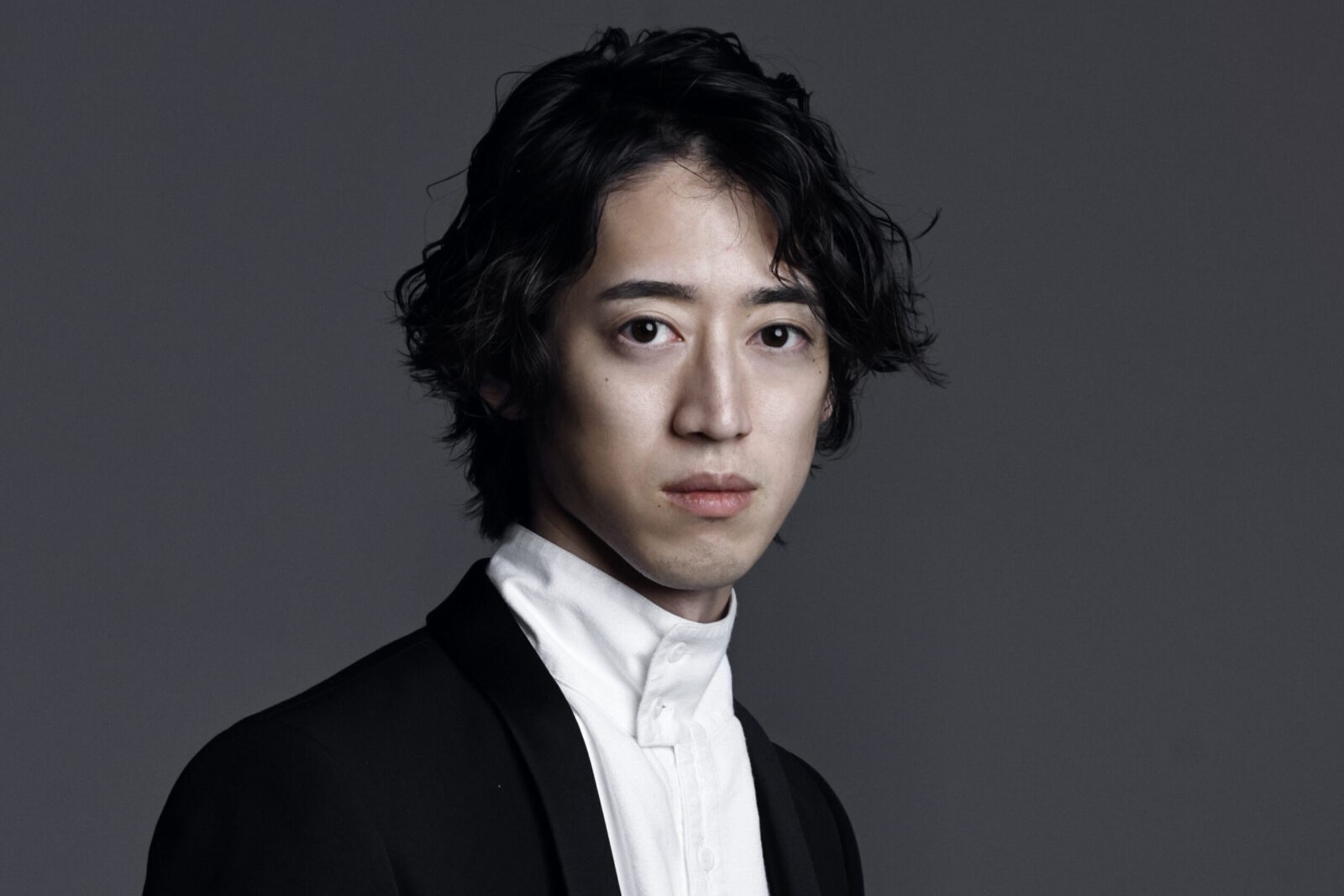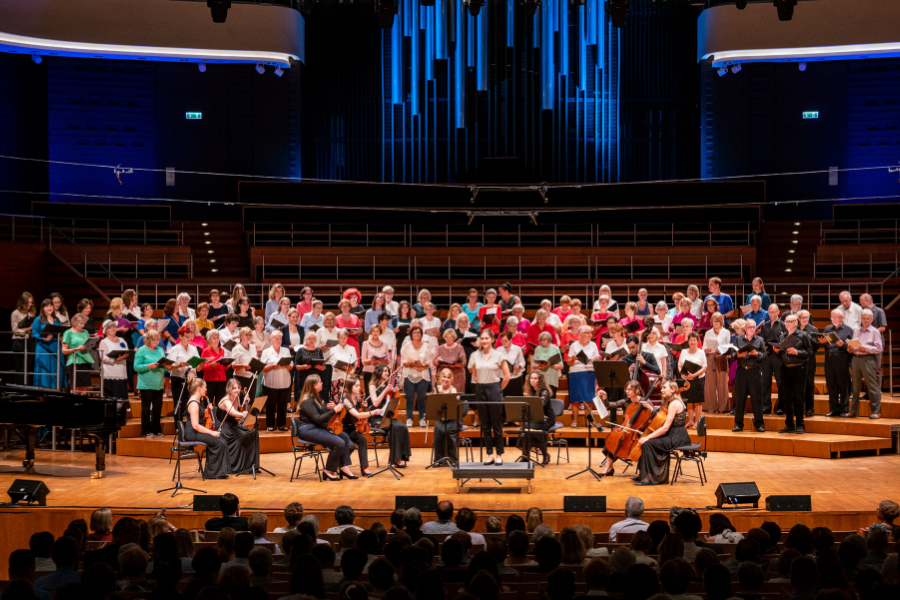Mikołaj Dylecki
The fourteenth album released under the direction of Andrzej Kosendiak as part of the Music First series. Music of the Polish-Lithuanian Commonwealth. A monographic CD devoted to the work of Mykola Dyletsky. The album contains the Requiem Liturgy and the Resurrection Canon by this composer, works created in the 17th century in the Polish-Lithuanian Commonwealth, intended for two four-part vocal ensembles.
Work on preparing this album began in 2019, when I first encountered Mykola Dyletsky’s music – we performed fragments of his Requiem Liturgy with Wrocław Baroque Ensemble in Kyiv. At that time, they made a great impression on me, which, along with my subsequent work as a conductor on this artist’s works and subsequent concerts, strengthened my feeling that I was dealing with a unique repertoire. Dyletsky’s work is a fascinating encounter between the East and the West – the language, liturgy and melody of the Eastern Church harmonise with Western compositional techniques and musical styles. There are clear inspirations from the Venetian polychoral style and stile concertato, and tutti sections are often intertwined with figurative fragments in a solo ensemble. You can also see elements of musical rhetoric, especially in the troparion ‘David, the forefather of our divine Lord’ (I decided not to include it on the album as one of the movements of the Canon of the Resurrection, but separately at the end of the album, which is explained in more detail by Dr Łukasz Hajduczenia in his text).
Both liturgical pieces presented on the album were written for two four-part vocal ensembles. In my opinion, the way they are performed should be similar to the way we perform religious polychoral music of that period, created for the Catholic Church in the Western Latin rite. I have a strong impression that if the a cappella texture present in these works were supplemented with instruments typical of European music from the first half of the seventeenth century (e.g. cornets and trombones), i.e. instruments used, among others, by Claudio Monteverdi or Bartłomiej Pękiel and Mikołaj Zieleński, then it would transpire how close Dyletsky’s music was to what was happening in Western Europe at that time. It would seem obvious, because Dyletsky had contact with Polish artists – he studied with the Jesuits in Vilnius, was familiar with, among others, the works by Marcin Mielczewski and by Jacek Różycki, and although it did not have to result in the transfer of compositional techniques to Orthodox music, yet it did happen.
This project was an opportunity for me to come into contact with music that was created in the territory of the Polish-Lithuanian Commonwealth, but at the same time lies at the source of Ukrainian polyphonic music. A great discovery was the fact that one of the ways through which polyphony entered the field of Orthodox Church music was Dyletsky’s work – his relations with Polish artists and his knowledge of the Italian style. Interestingly, this process was one of the reasons why Orthodox music did not return to full monody, such as in the fourteenth and fifteenth centuries. Therefore, we have evidence that the Polish-Lithuanian Commonwealth in Dyletsky’s times was a space of unrestricted exchange of artistic ideas and their mutual interpenetration, and that the foundations of European integration in the field of culture were laid there.
Andrzej Kosendiak













